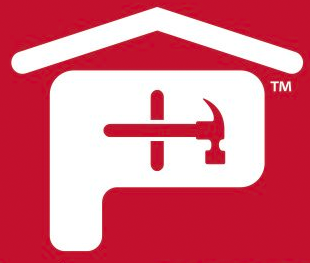Roofing underlayment is not on the top of most people’s minds, even those tackling a residential roofing project. The fact is the look, quality and installation of the asphalt roof shingles steal most of the attention on a new roof, while infrastructure roofing materials and repairs take a back seat. Ask most homeowners what kind of roofing underlayment they prefer and they probably can’t provide an answer. Ask most contractors, and they’re probably locked in to their favorites. The reality is, roof underlayment has become a more important consideration in recent years. There are several reasons.
First, asphalt shingle roofs are lasting longer. With improved product technologies, more years go by between roof replacements. Underlayment sits between the roof deck and the shingles and may stay on the roof for 20 to 40 years or longer, without being replaced.
Second, roofs are coming with longer warranty periods. This means the roofing material manufacturers promise the roofing materials will stand up to certain conditions for a specified period of time. In order to make and support these claims, certain materials must be combined together at the install.
Finally, roofing underlayment is not all the same. Even traditional #15 and #30 felt come in different thicknesses and quality. In addition to felt, synthetic roofing underlayment is becoming more widely used and affordable. Some contractors use it exclusively because of its versatility and the quality it adds to a roof system.
Synthetic underlayment is used most frequently on steeper slopes, perhaps in excess of 4/12 pitch, because of its superior tear strength. Longer open times often warrant using synthetics, where certain products can remain uncovered for months.

Where there are seams in the roof, in valleys where snow and water can gather, or in places where planes transition or decking materials transition, specialty underlayment provides an extra dimension of support, weatherproofing, and protection for decking underneath the shingles. Evaluation of the basic requirements for the right felt
underlayment or synthetic underlayment product for coverage of the roof deck underneath the asphalt shingles, should include the following considerations:
Ice & water / moisture barrier to keep weather conditions from easily reaching the roof deck
The appropriate material combination for protection of the roof deck components, especially in areas vulnerable to extreme weather exposure
The slope of the roof and how long the job will be uncovered before installing the roof shingles
Beyond these considerations, price combined with roof slope, along with speed, ease of installation, weight, and durability, all must factor in when combining roof materials of choice.
www.AtlasRoofing.com is a great place for more “roofing underlayment education.”



 Gear!
Gear! PRO LOGIN
PRO LOGIN